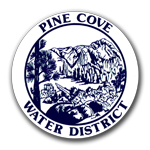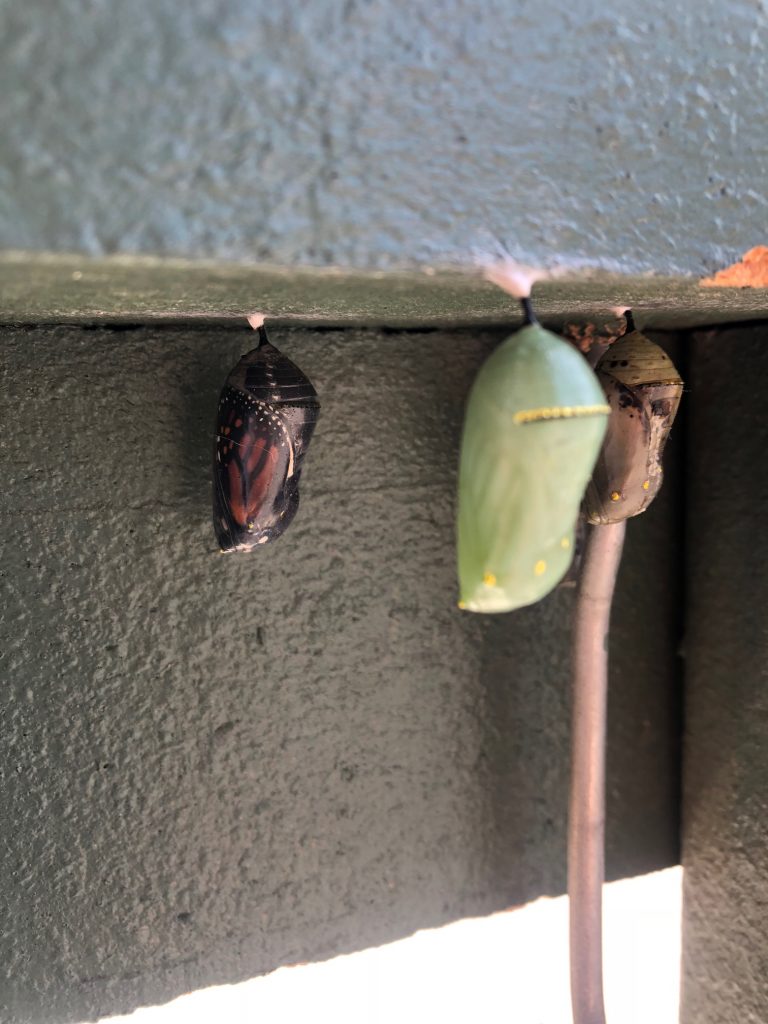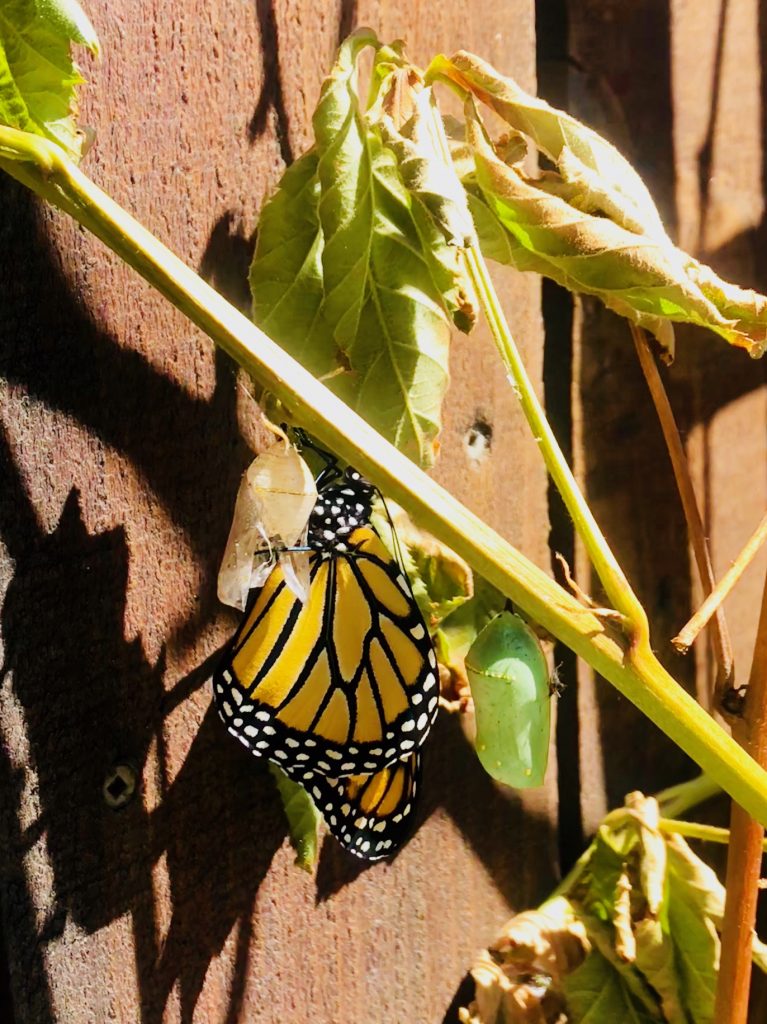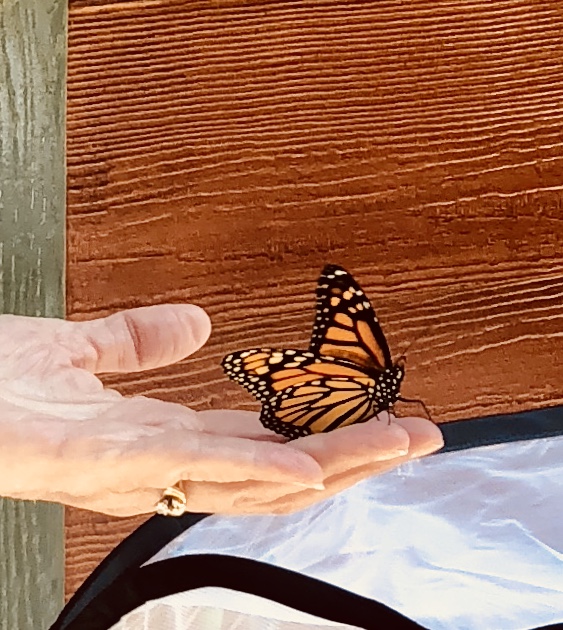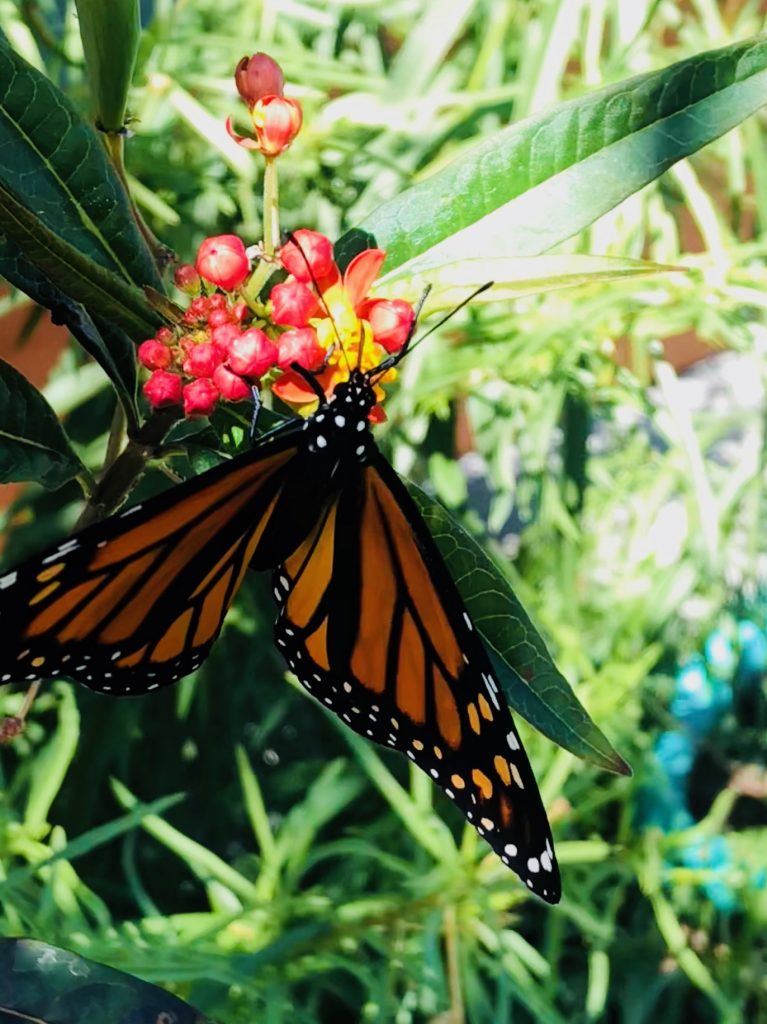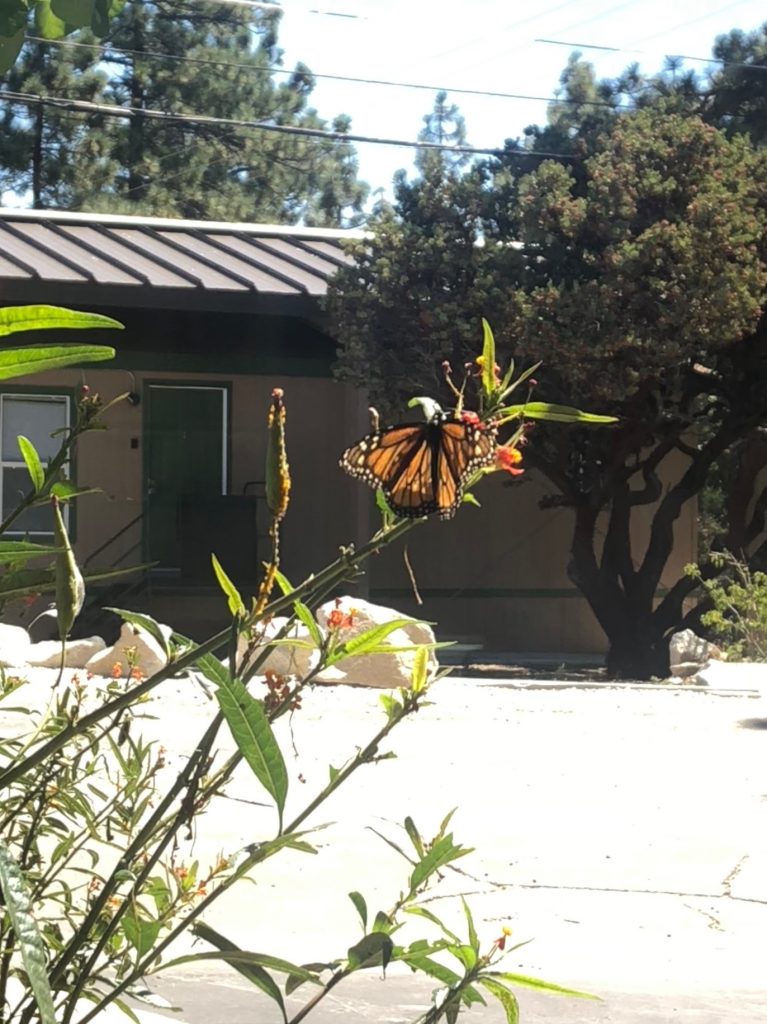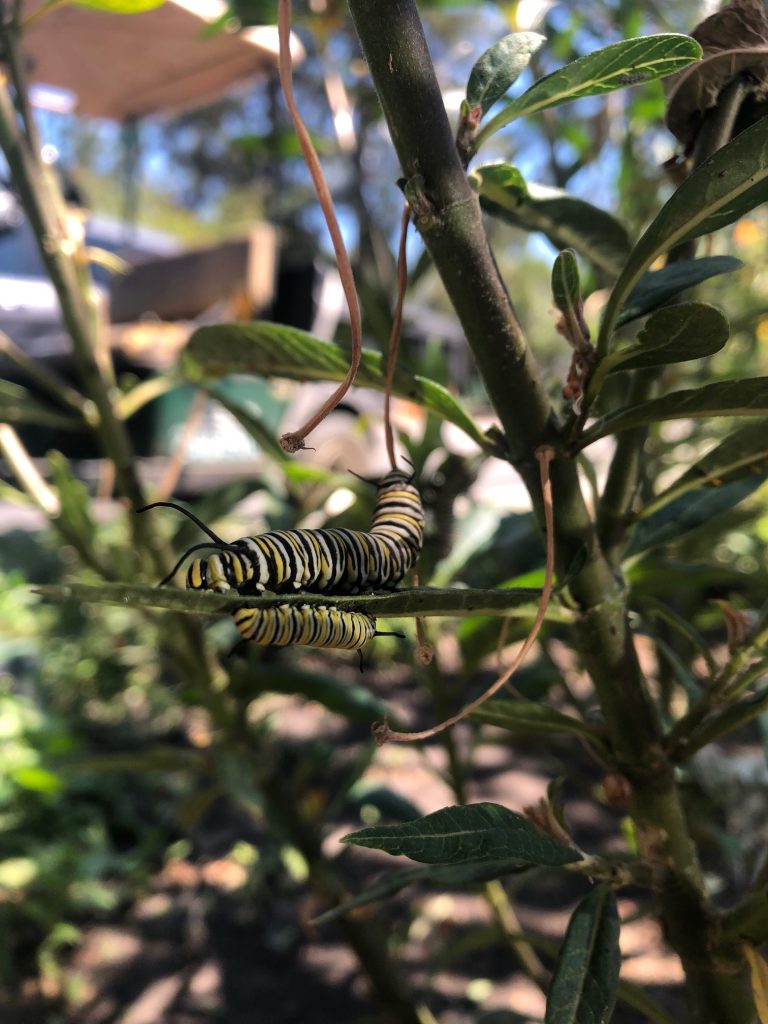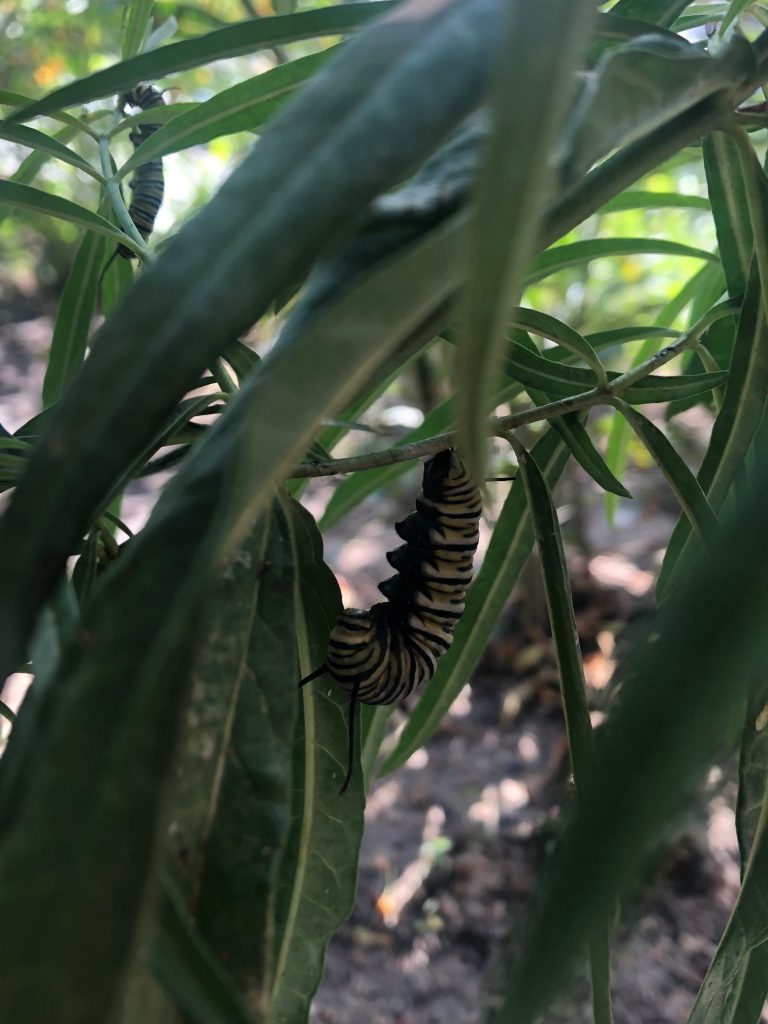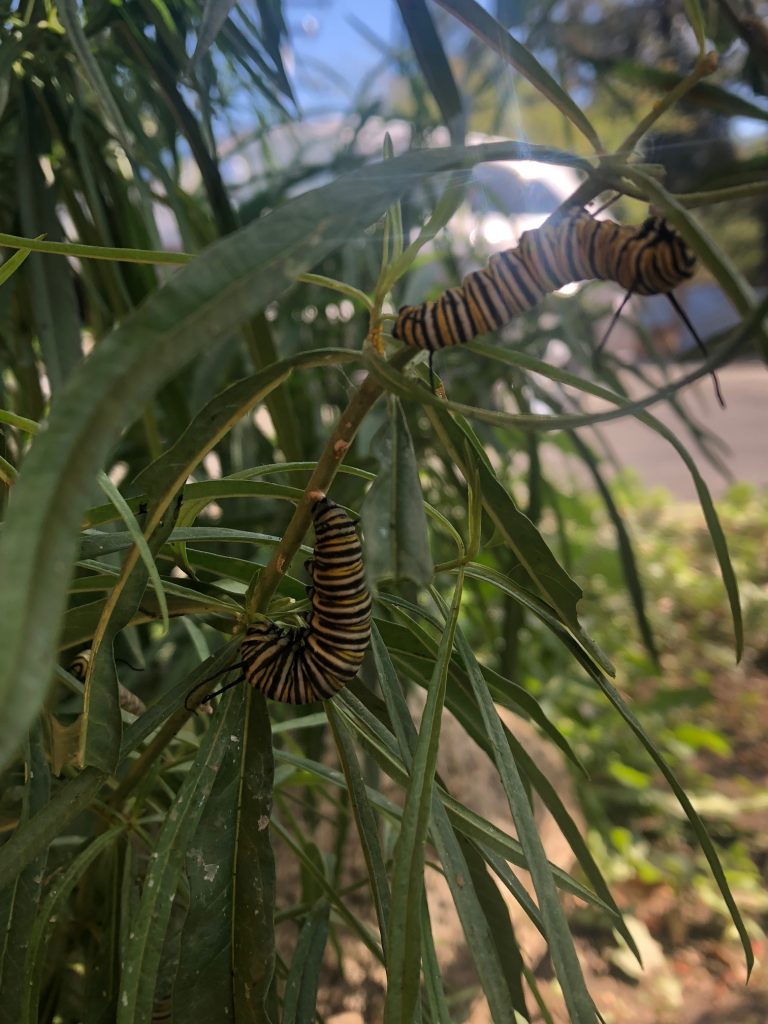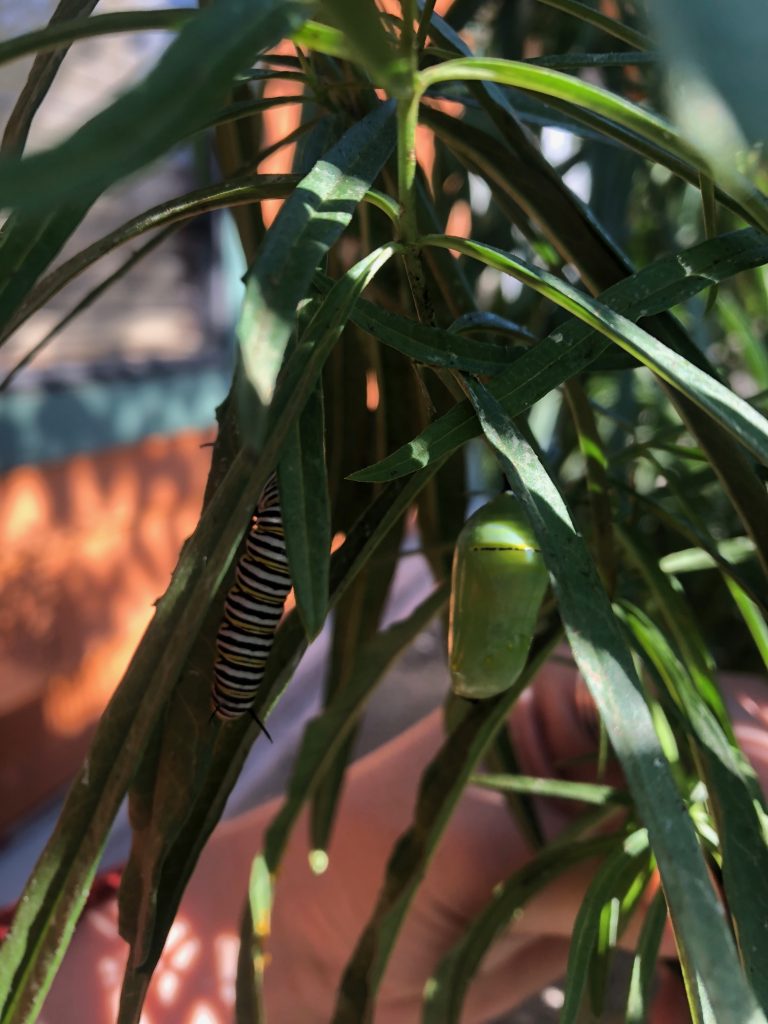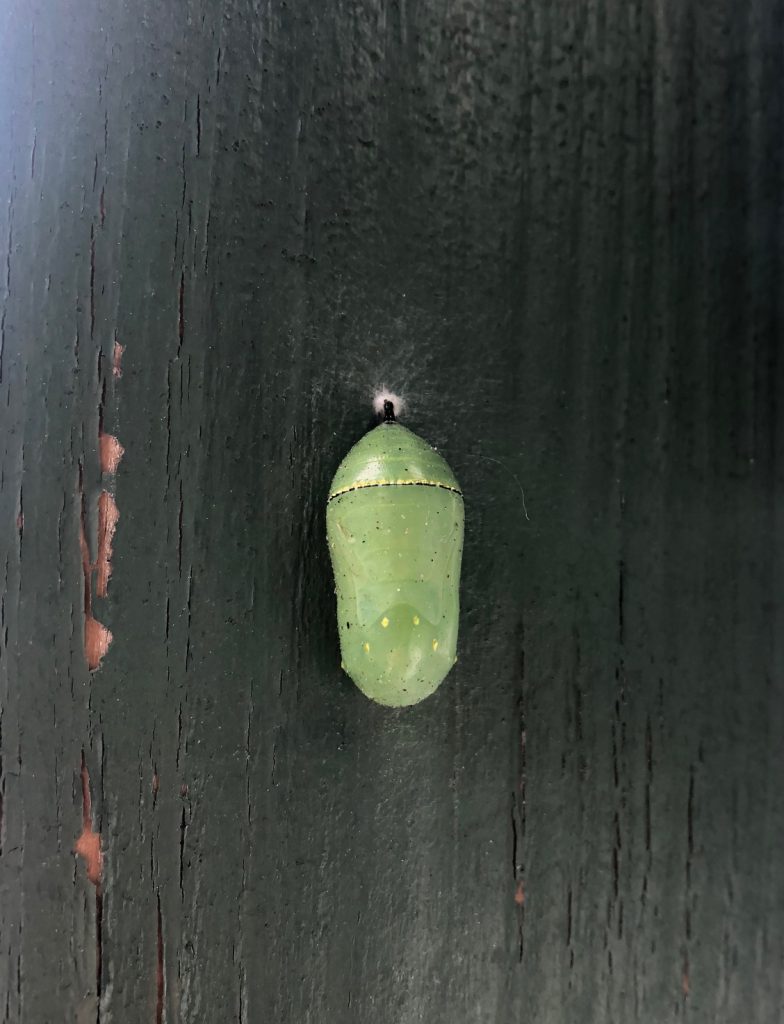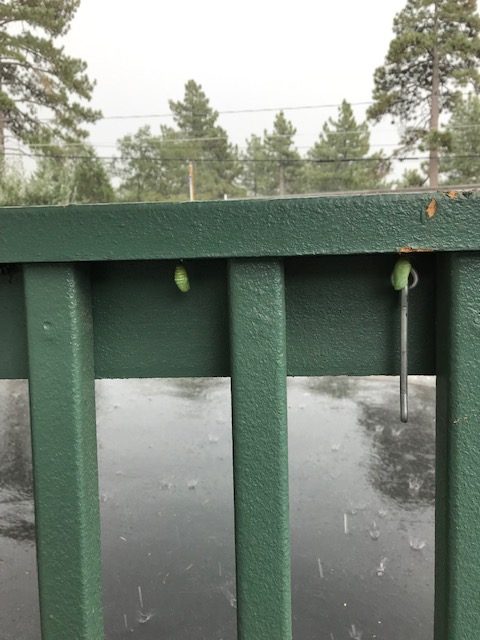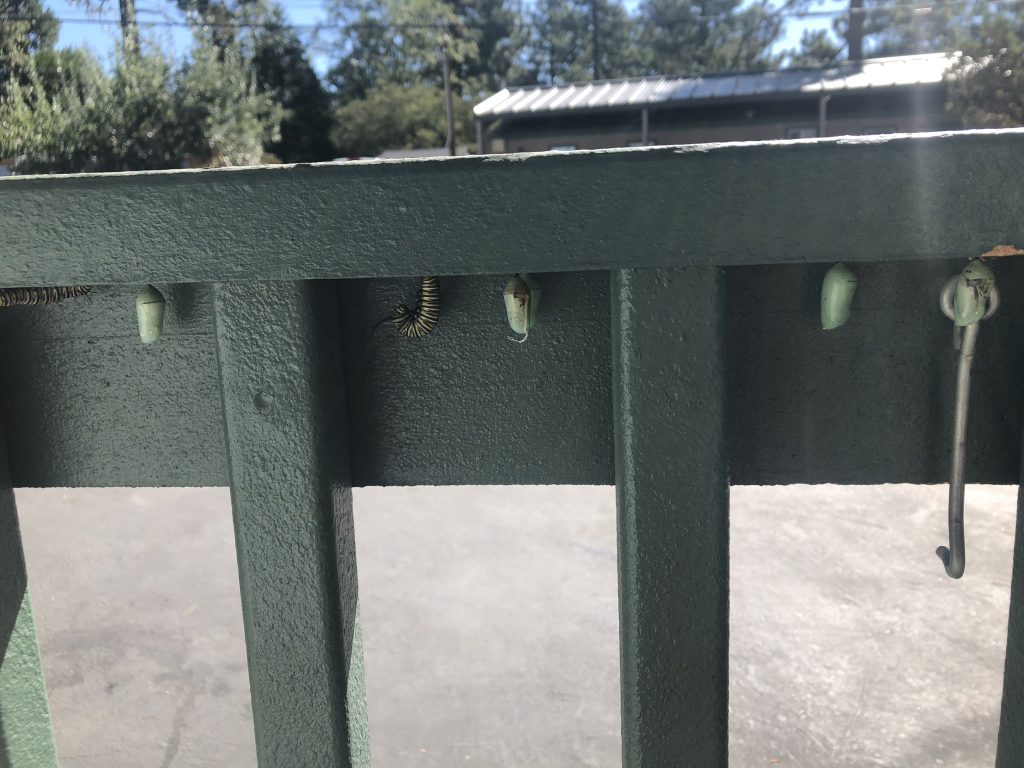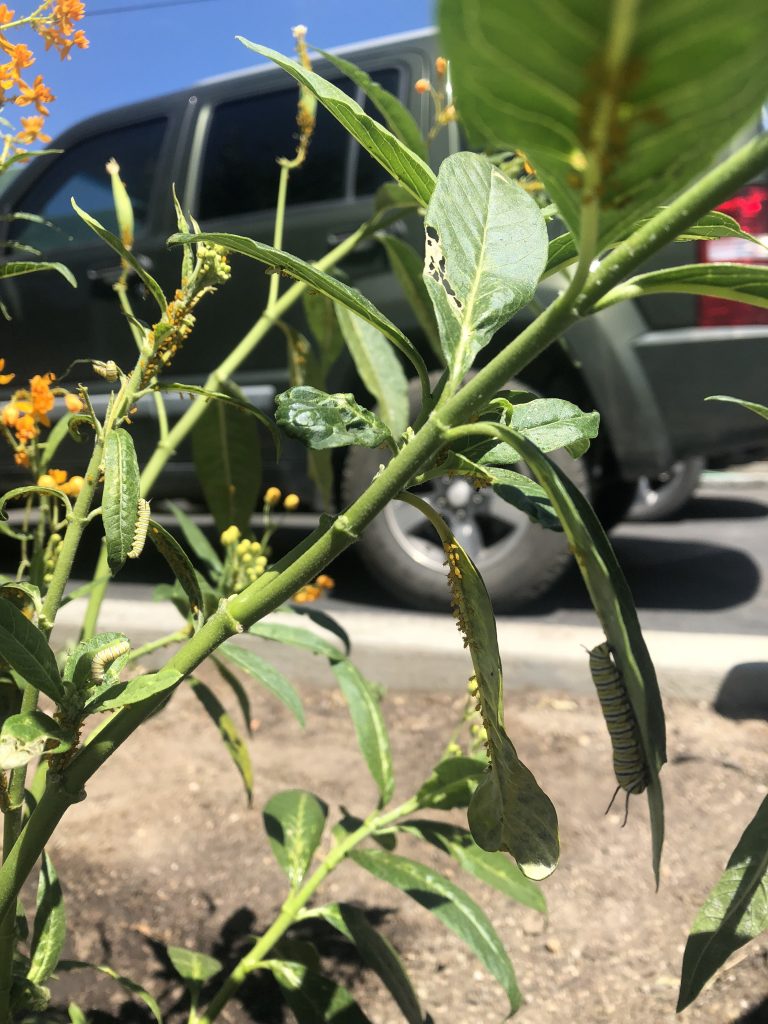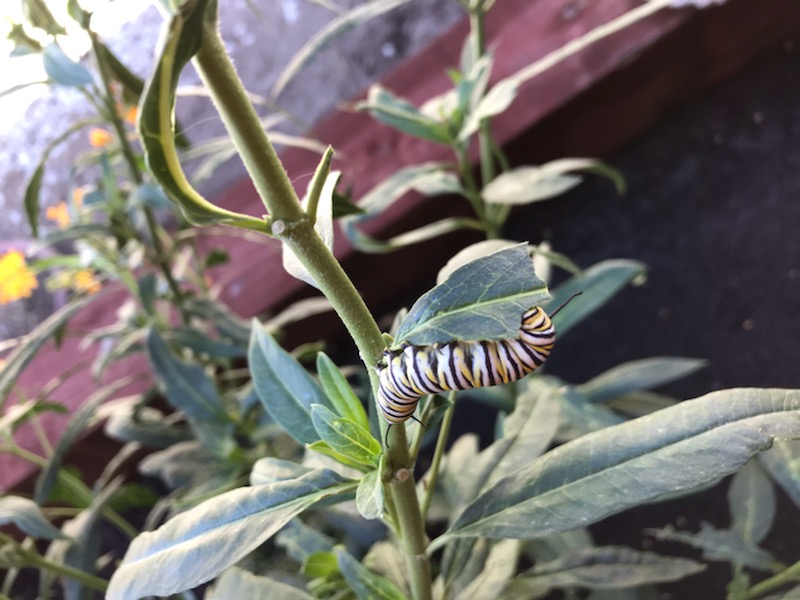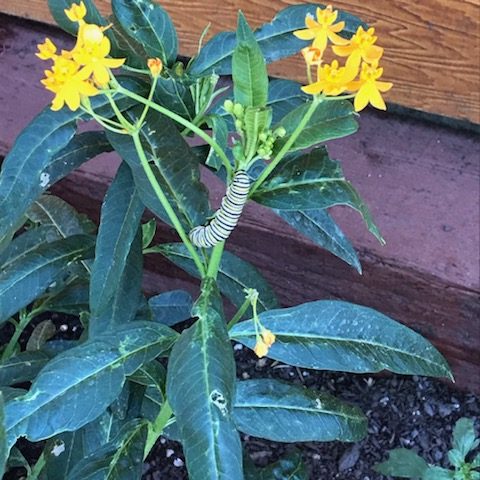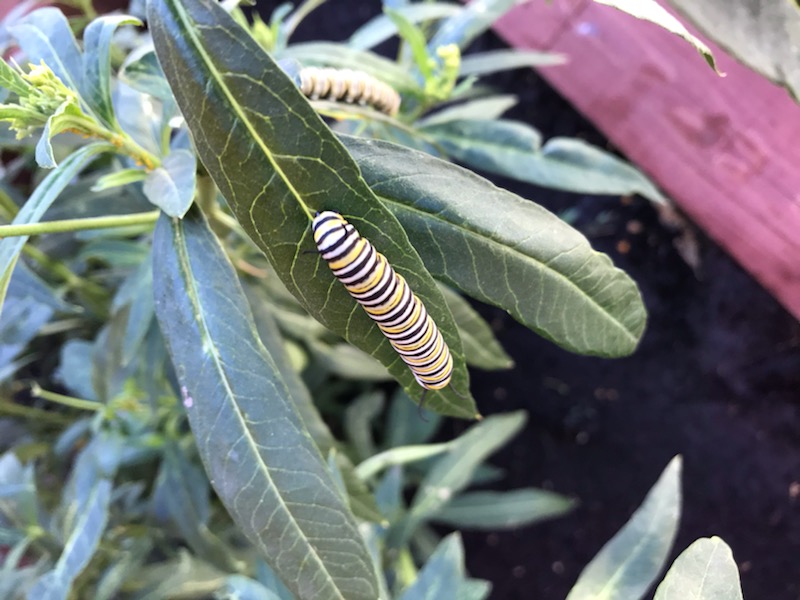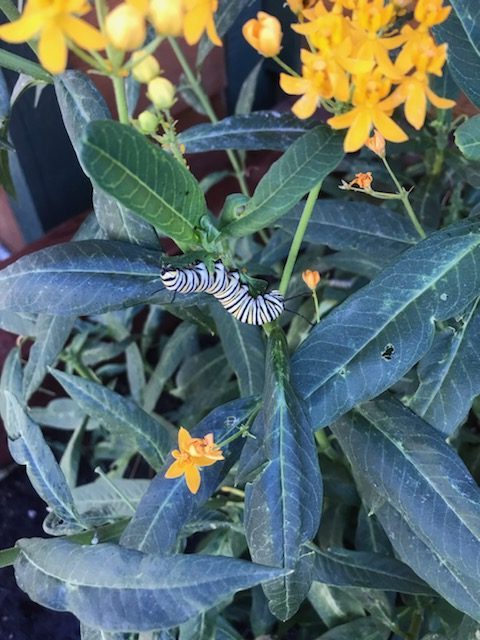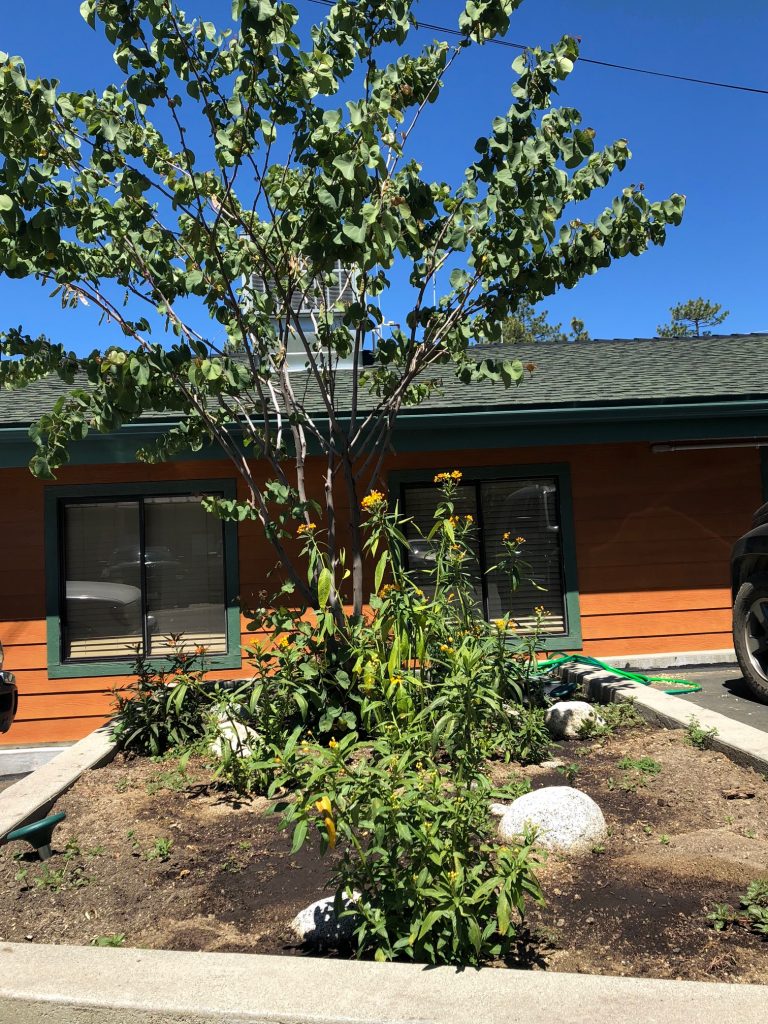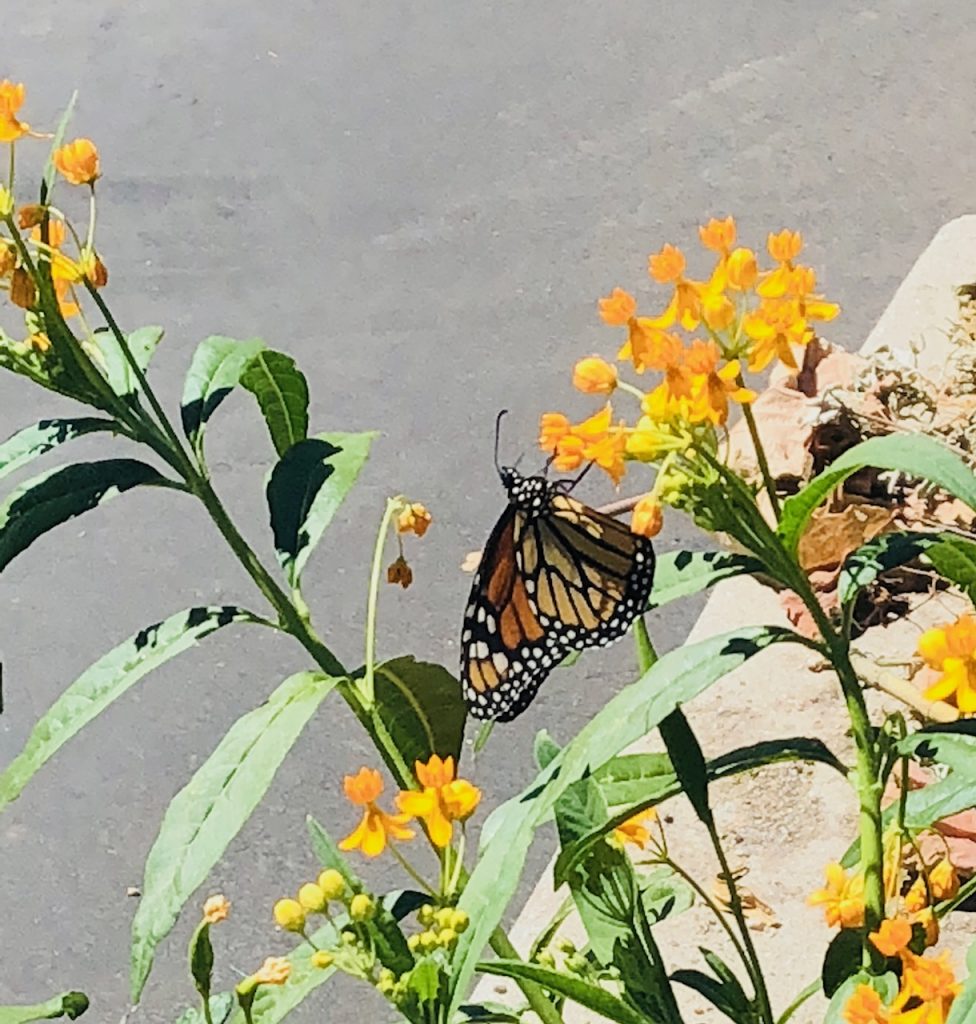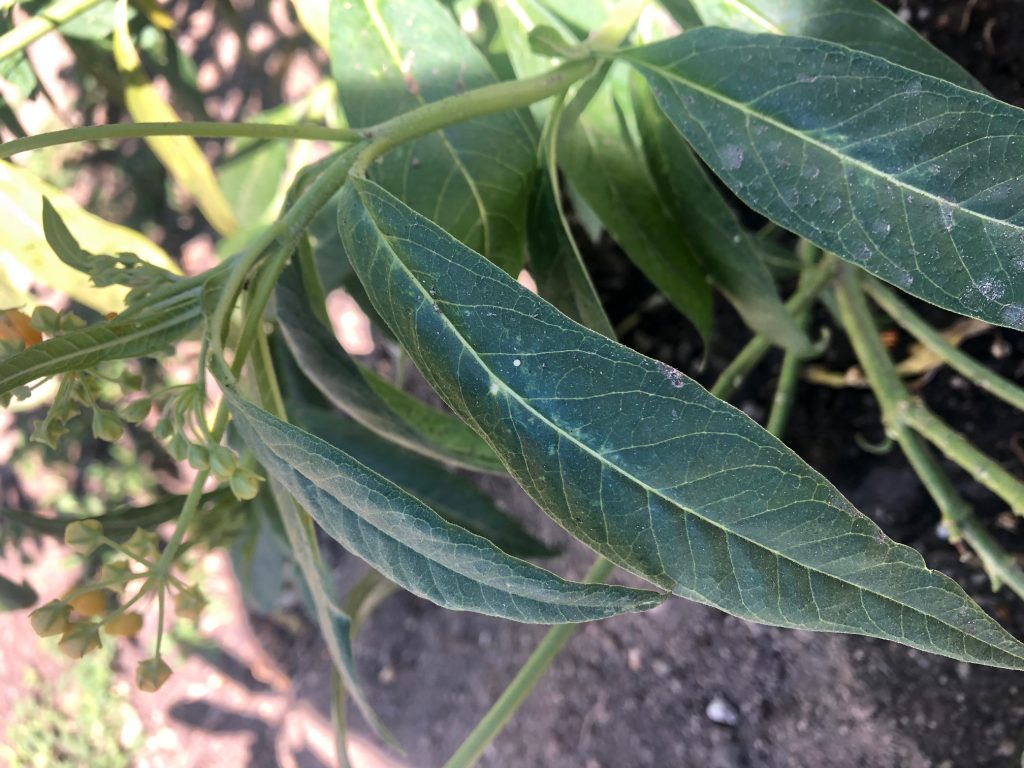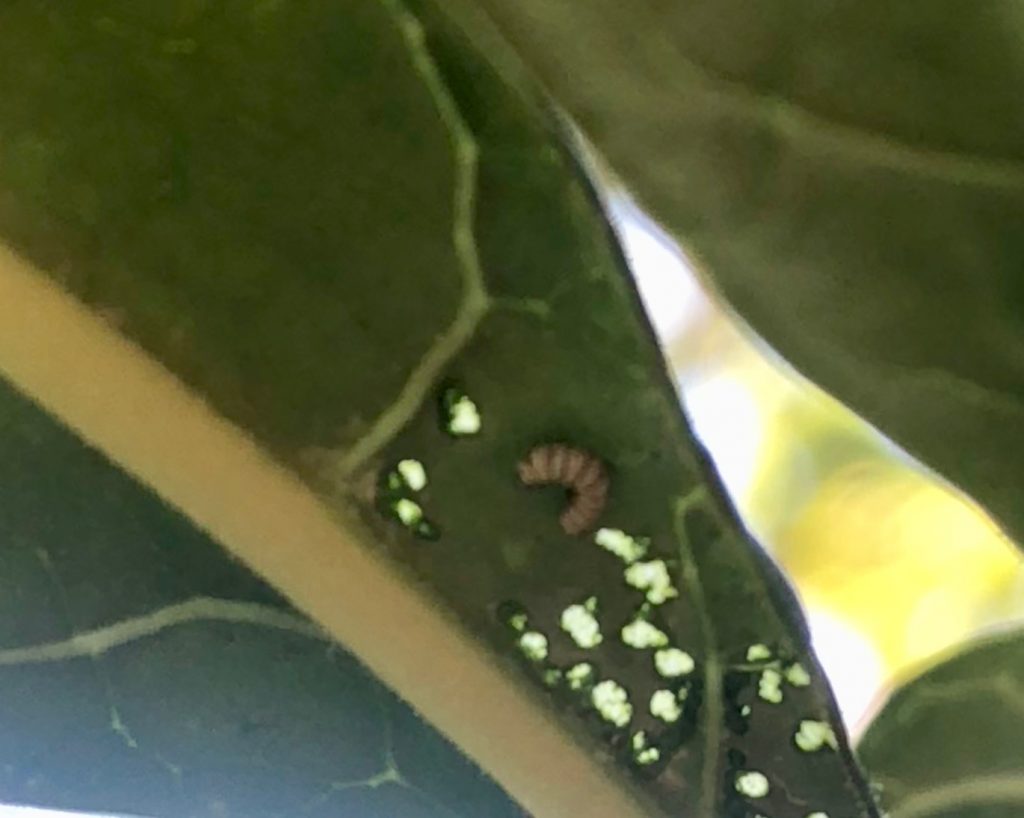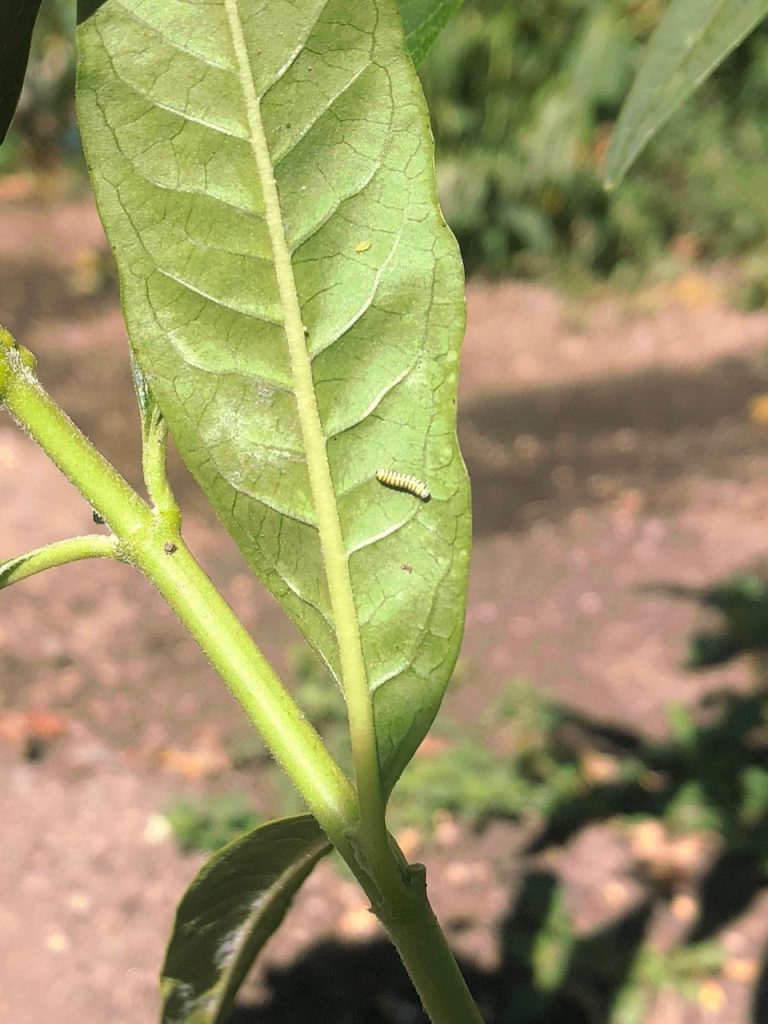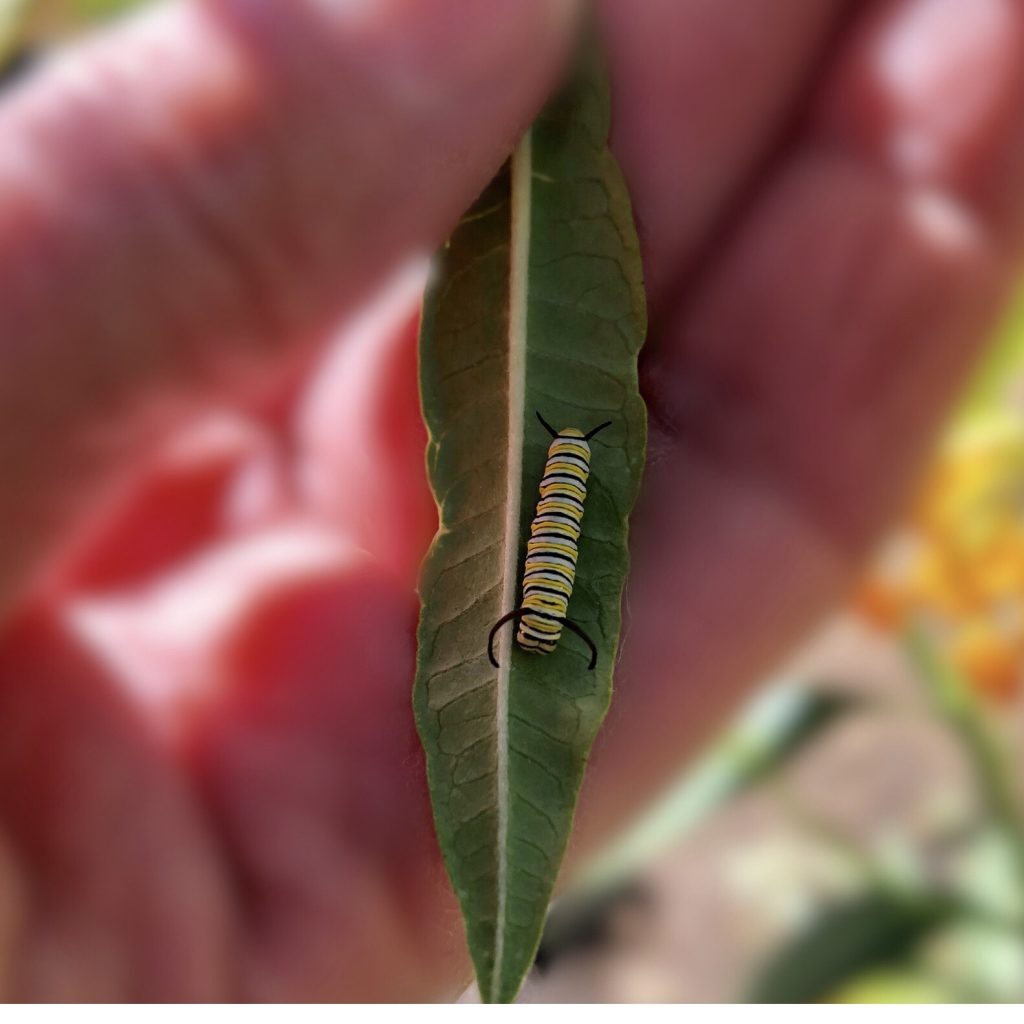Conservation Basics
It is always helpful to keep water conservation in mind on a daily basis. Creating conservation minded household habits can preserve our precious resource and save money in the process. Here is a friendly reminder of Do’s and don’t’s of basic conservation:
Do only wash full loads of laundry and dishes to spread out wash cycles.
Don’t hand wash your car. Instead, take it to a car wash, where recycled water is used.
Do look for leaky faucets and running toilets. Repairing a dripping faucet can save up to 150 gallons of water a week.
Don’t leave the sink running while brushing your teeth.
Do install a bathroom sink aerator to slow the flow of water.
Do purchase water saving shower heads. Or come into our District office, and we will give you a conservation kit for free!
Don’t take long showers. Keeping showers under 5 minutes can save up to 1000 gallons of water per month.
Do store water in the refrigerator instead of letting the tap run for cool water.
Don’t use the toilet as a waste basket!
Do collect water used to rinse fruit or vegetables, and use to to water your plants, both inside and out 🙂
Don’t keep water conservation tips to yourself! Share, share, share!
Do aim to do at least one thing per day to conserve water
